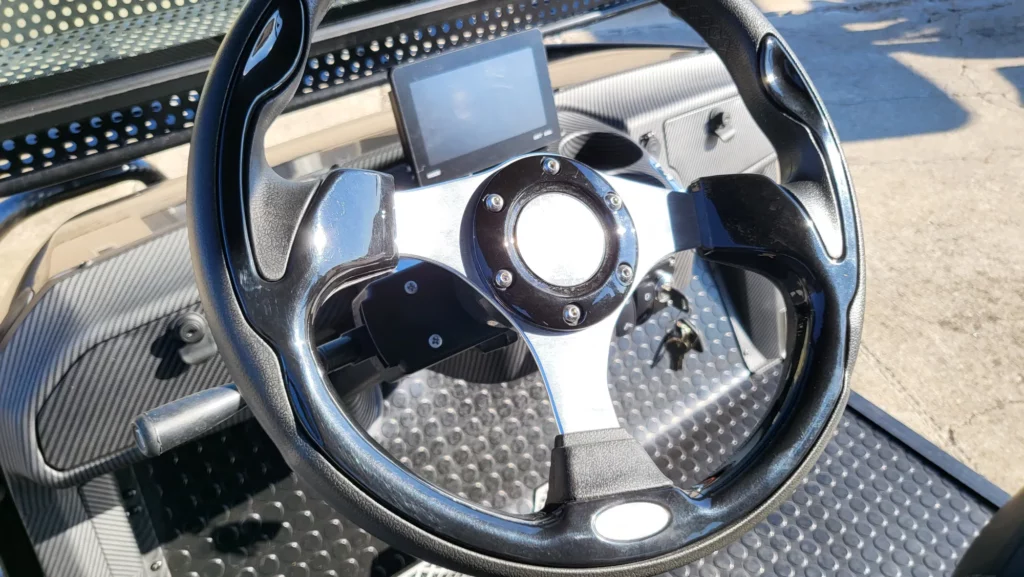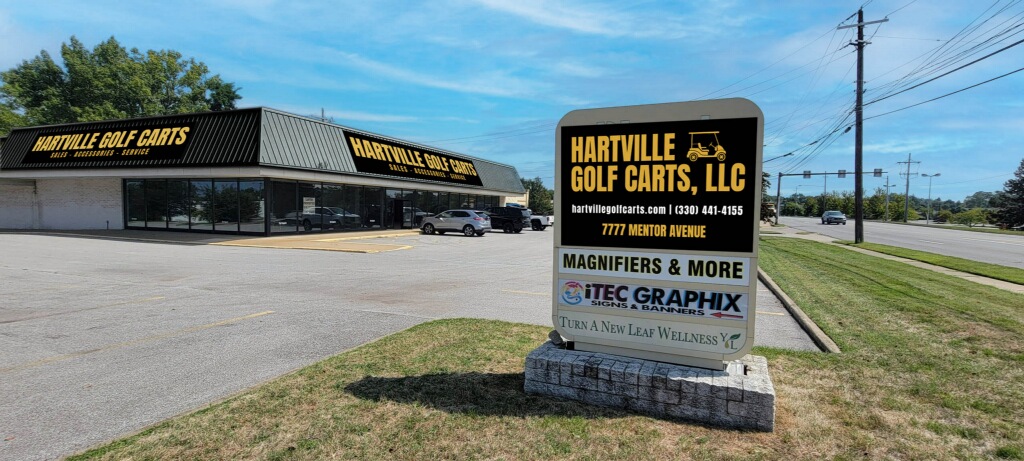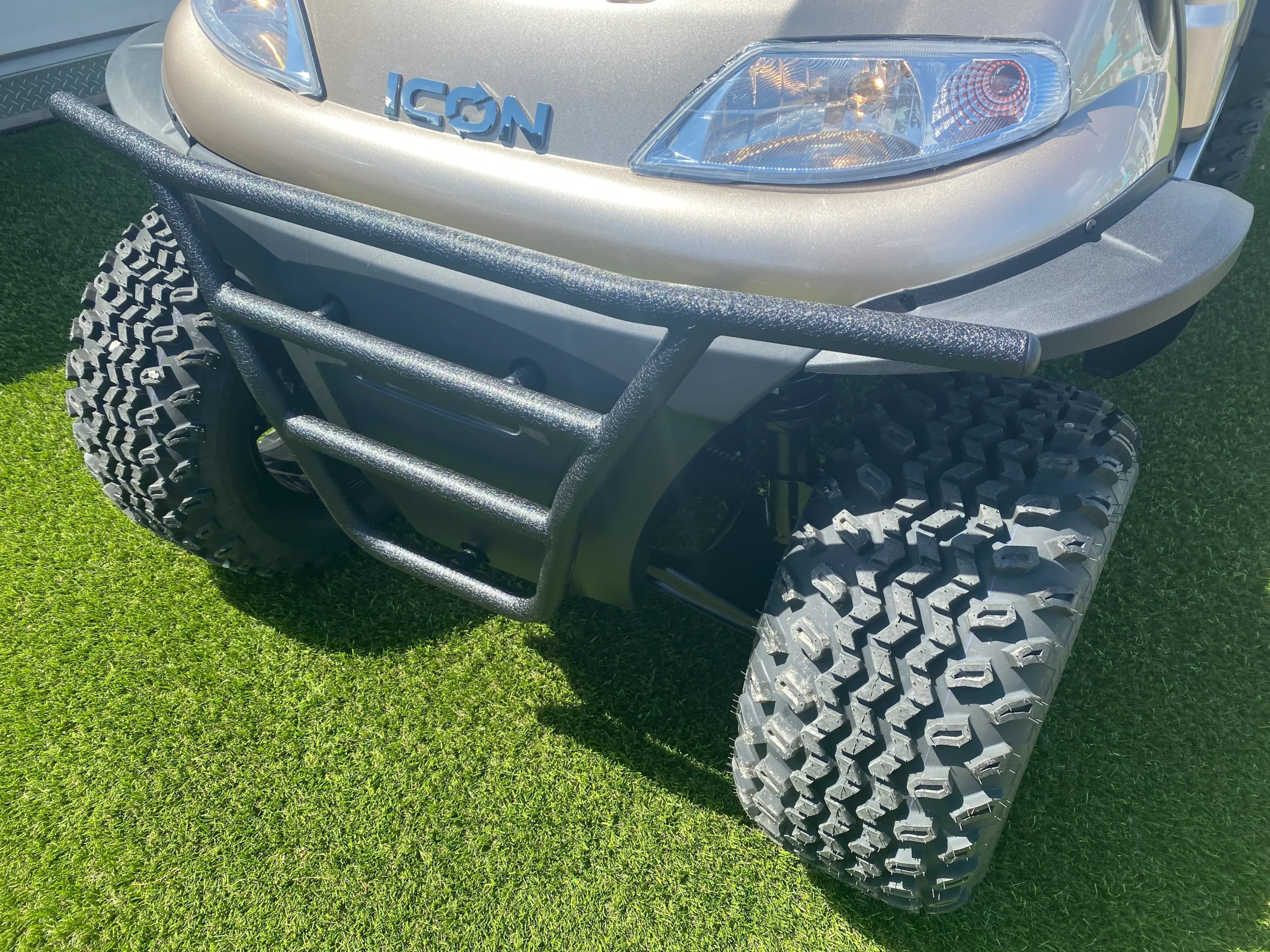Are you a golf cart owner with more than one vehicle? Do you have several batteries that need to be maintained to keep them in top condition? Are you finding that the battery acid is seeping and leaving unsightly stains on your concrete driveway or sidewalk? If so, we’ve got the solution for you! In this blog post, we will explain how to remove golf cart battery acid from concrete safely and effectively. Read on to discover how simple it can be to get rid of those nasty acidic stains and restore your driveway or sidewalks back to their original state!

Understanding Battery Acid and Its Effects on Concrete
When it comes to understanding battery acid and its effects on concrete, there are a few key things to keep in mind. First and foremost, battery acid can be incredibly corrosive and damaging to concrete surfaces, particularly if it is allowed to sit for a prolonged period of time. This is because the acid can eat away at the concrete, causing it to weaken and potentially even crumble over time. To prevent this from happening, it is important to clean up battery acid spills as quickly as possible and to take steps to protect concrete surfaces from future exposure to this substance. Whether you are dealing with battery acid in a residential or commercial setting, it is essential to stay informed and to take the necessary precautions to keep yourself and others safe.
Methods of Removing Battery Acid
Battery acid can be a harmful substance, and it’s important to know how to remove it safely. One effective method for removing battery acid is to use baking soda and water. By mixing a solution of baking soda and water, you can create a paste that can be applied directly to the affected area. Another method involves using a commercial battery acid neutralizer, which can be found at most hardware stores. It’s important to always wear protective gear, such as gloves and goggles, to prevent any contact with the acid. By following these methods, you can safely remove battery acid and avoid any potential harm.
Safety Tips for Removing Battery Acid
When it comes to safely removing battery acid, there are a few important tips to keep in mind. First and foremost, always wear protective gear such as gloves and eye goggles to prevent any contact with the acid. It is also important to work in a well-ventilated area to avoid inhaling any fumes. If the battery is still connected to a device, turn it off and disconnect it before attempting to remove the acid. Use a clean, dry cloth or paper towel to carefully wipe away any visible acid residue. Never use water to clean up battery acid as this can cause a dangerous reaction. Finally, dispose of any contaminated materials properly and safely. By following these safety tips, you can effectively remove battery acid without putting yourself at risk.

Overview of Different Cleaning Solutions for Battery Acid Spills
Dealing with battery acid spills can be a hazardous and frustrating task. Luckily, there are several cleaning solutions available that can effectively neutralize and clean up the acid. One common solution is a combination of baking soda and water, which creates a chemical reaction that neutralizes the acid. Another option is to use a specialized battery acid neutralizer solution that is designed specifically for acid spills. Additionally, some industrial facilities may use a sodium hydroxide solution to neutralize the acid. No matter which cleaning solution you choose, it is crucial to follow proper safety protocols and wear protective gear to prevent any harm to yourself or others.
DIY vs Professional Help in Removing Battery Acid
When faced with the task of removing battery acid, many people wonder whether they should try to tackle the job themselves or hire a professional for help. DIY enthusiasts may be eager to take on the project themselves, but it’s important to keep in mind that battery acid is highly corrosive and can be dangerous if not handled properly. While it may seem like a straightforward task, any mistakes could result in serious injury or damage to your property. On the other hand, professional help can provide peace of mind and ensure that the job is done safely and effectively. Ultimately, the choice between DIY and professional help depends on your level of expertise and comfort with handling potentially hazardous materials.

Long-Term Prevention Strategies to Avoid Future Spills
When it comes to preventing future spills, it’s crucial to take a long-term approach. Quick fixes might seem like an easy solution, but they often fall short in the long run. Instead, we need to prioritize strategies that will hold up over time. This might involve investing in improved technology or refining our operational procedures. It could also involve taking a closer look at our environmental regulations and enforcement mechanisms. By focusing on prevention, we can help protect our waterways and our planet for generations to come. After all, when it comes to spills, the best remedy is to avoid them altogether.
Concluding
In conclusion, acid spills are a dangerous and potentially costly situation if not dealt with correctly. Acid can have devastating effects on concrete by staining and corroding as well as heightening the risk of personal injury. Having an understanding of battery acid, its potential damage, removal techniques, safety tips, available cleaning solutions, and prevention strategies can help to alleviate the effects of future spills.
Whether you choose to take action on your own with DIY steps or opt for professional help from experts in the field, having knowledge about how to remove battery acid is a wise move in order to protect your surfaces from irreversible damage and harm. With proper education and care taken when dealing with battery acid spills, you can ultimately rest assured that values items such as health and concrete floors will remain intact for many years to come.













